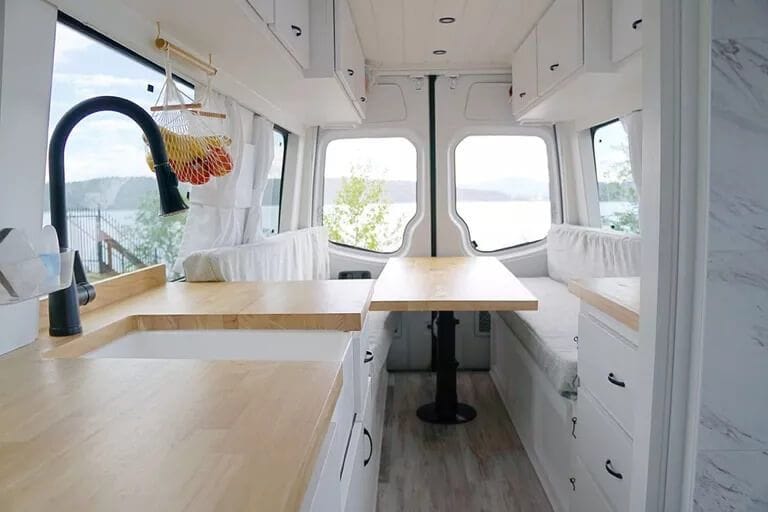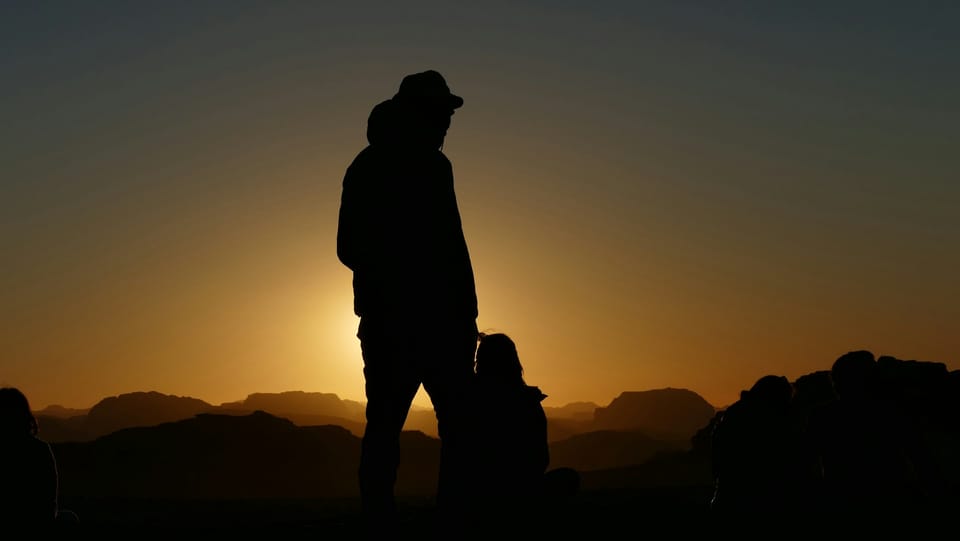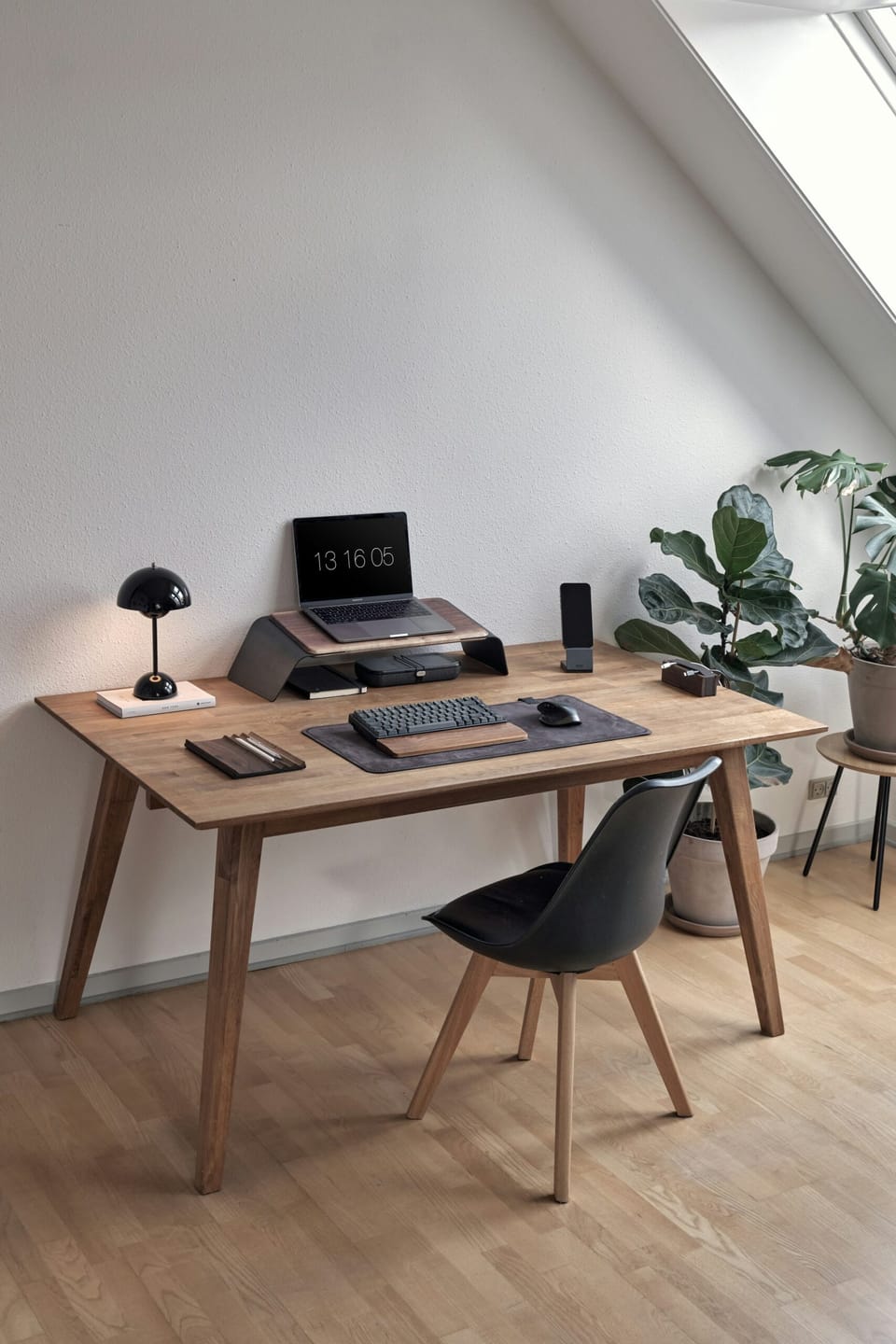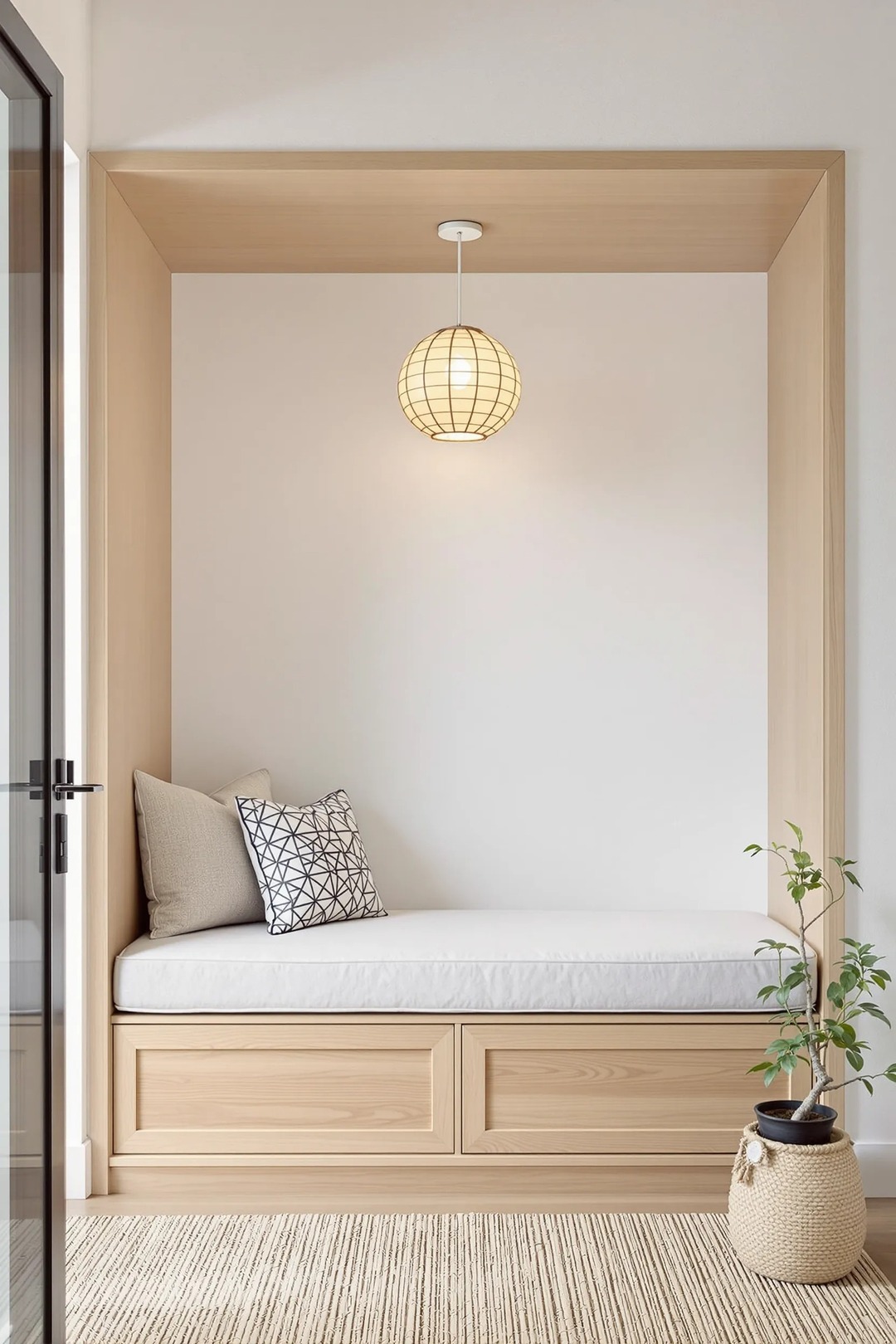How to survive in the Thai jungle with nothing but bamboo (and an ex-soldier)
From building shelters to boiling water in bamboo, this ex-soldier demonstrates the ultimate jungle survival skills in Thailand’s wild terrain—proving that nature provides everything you need if you know how to use it.
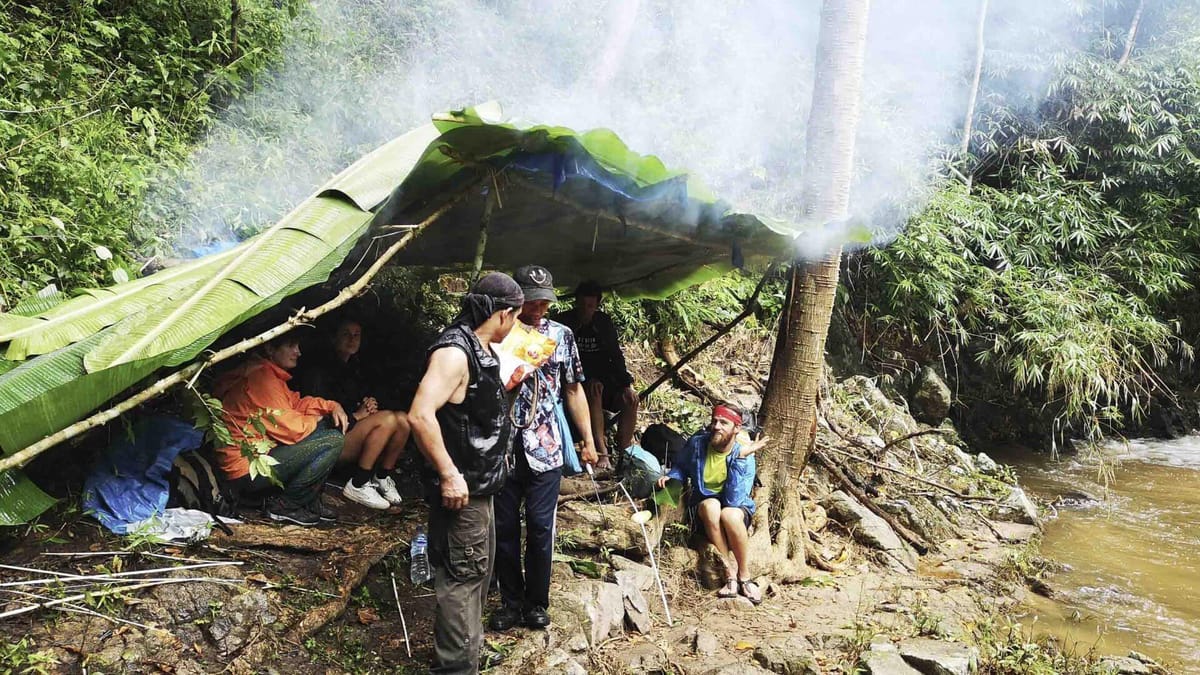
Can you really survive in the Thai jungle with just bamboo? Scott Yorko goes all in with a Thai ex-soldier affectionately known as ‘Mr. Bamboo’ to find out.
When I first meet Mr. Chartchay Chaikaew, he’s wearing a flowery, teddy bear-printed apron over a snap-button shirt and linen pants in his office/restaurant that’s devoid of any customers. The 52-year-old former professional karaoke singer and Thai boxer stands at five feet three inches, and his short, muscular arms are drying aluminum silverware like he’s squeezing the life out of each spoon.
Although he is a multi-hyphenate professional, he currently offers guided treks through the Thai jungle at Trek Pai—marketing his treks as opportunities to “survive in the jungle using only natural materials such as bamboo and banana leaves,” and “cook traditional food and use ingredients found in nature.” Another selling point? No elephants.
“Bring only long pants and a shirt, headlamp, bug spray, and hammock,” he tells me, running through the very short, four-item packing list for the guided trip I’m about to embark upon. “We’ll make our own plan when we go. Other guides plan first.” He continues. “I can survive anywhere. It’s amazing. The jungle has everything. Medicine, toys, nail polish…”
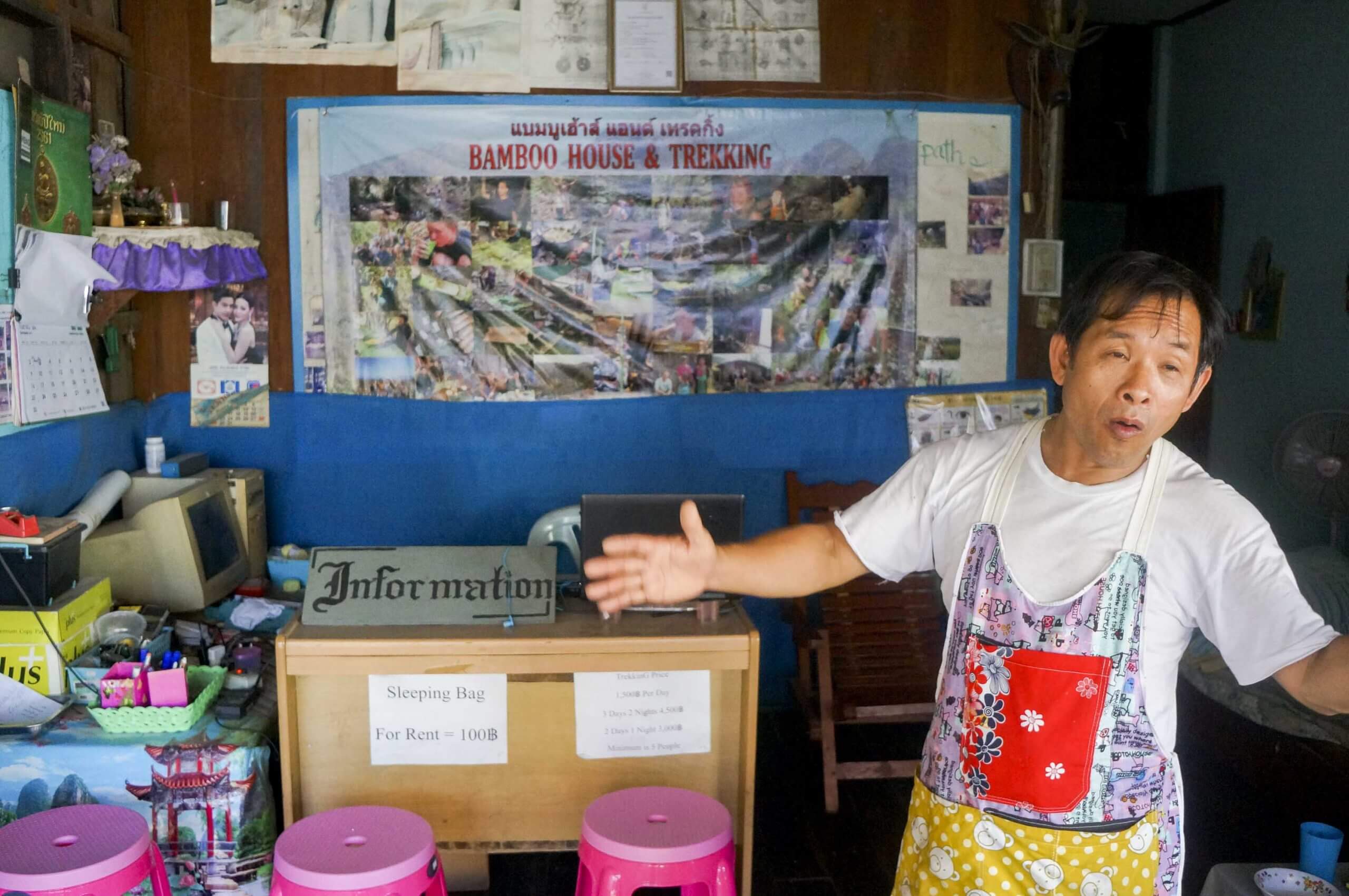
Mr. Chart, as many call him, also goes by Mr. Bamboo. I will soon come to learn just how fitting of a nickname this is.
I’d heard about Mr. Chart from an Australian surfer who had followed the former Thai soldier into the jungle for several days with little more than a small machete, surviving off the land for food and shelter using bamboo for almost everything. Curious as to how he learned his myriad skills, I ask Mr. Chart a few times about his life path. But his answers are short and vague. So I let the conversation continually veer back to the many uses of bamboo. It’s unclear how or when he became a tour guide, but it’s very clear that he lives in a constant fascination with how much this single plant can provide.
I’m excited to learn. It’s rare that I’m without a new jacket or gadget that might increase my comfort by a marginal fraction. Perhaps a trek without any of these accouterments would shed new light on what’s truly necessary for a fulfilling outdoor experience, and how some scarcities can even enhance it.
It also helps when you’re headed into a jungle filled with one of the most versatile, sustainable resources in the world: Bamboo.
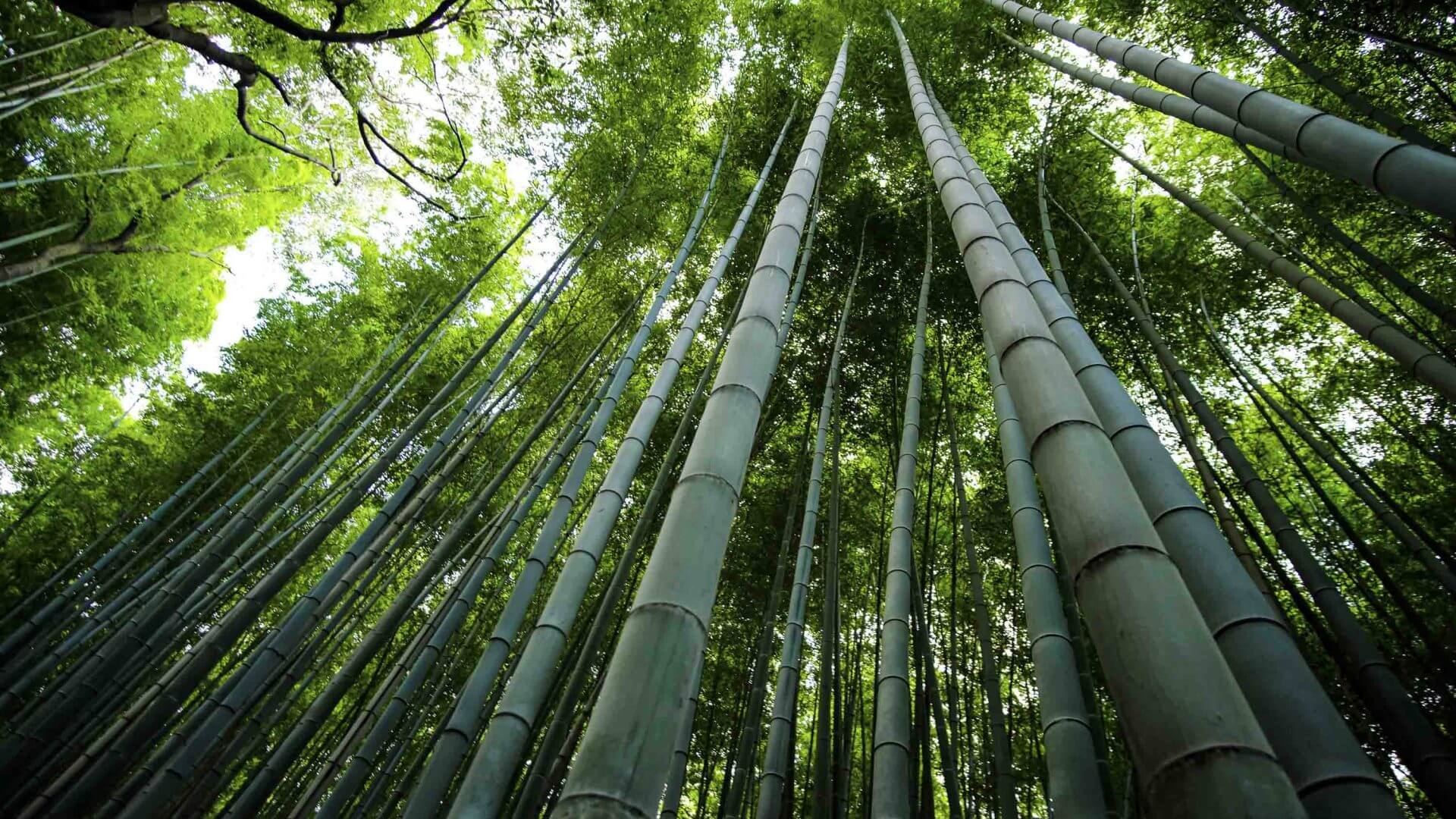
Bamboo covers more than 31 million hectares of forest land around the world, making it easily one of the most abundant non-timber plants on Earth. The plant is susceptible to very few diseases and doesn’t have many natural enemies. It has the highest growth rate of all tropical plants, high biomass and high yield. Once it emerges as a shoot, bamboo can grow to a full height of 60 feet in just three months. There is native lore that some Indigenous people can see bamboo grow.
Bamboo also acts as an efficient carbon sink. In fact, it can absorb the equivalent of carbon dioxide emissions from approximately two cars in one day. Quite the opposite of the materials used commonly in the gear industry.
As we set out on our first few hours of hiking, Mr. Chart is a waterfall of foraging and survival tips, sharing encyclopedic information on everything around us. He snatches up different branches and herbs and stuffs them into my pack for later, espousing the laxative and Viagra-like powers of things like ‘Never Fall Down Herb.’
In Thailand alone, there are 69 species of bamboo from 17 genera, all used in food and medicine, clothing, furniture and utility products, construction, energy and cultural practices. Bamboo production for small- and large-scale industrial market purposes has been on the rise for the past two decades in over 1,500 commercial goods and, as a substitute for real wood, has helped start to alleviate the forest encroachment problem in Thailand.
On this trip, bamboo is going to be the MacGyver of gear—with Mr. Bamboo himself teaching me the ways of using what’s around me to not only survive, but have a good time, too. Even though he isn’t keen on sharing where he learned his jungle survival skills with me and my fellow tourists—a Dutch family of five—his confidence never wavers.
As we set out on our first few hours of hiking, Mr. Chart is a waterfall of foraging and survival tips, sharing encyclopedic information on everything around us. He snatches up different branches and herbs and stuffs them into my pack for later, espousing the laxative and Viagra-like powers of things like ‘Never Fall Down Herb’ for “stamina.”
We traverse a red bean farm on a hillside with a few bamboo shacks drying chilies on their corrugated metal roofs and descend a ridge down to the valley floor with a stream trickling over slippery rocks. Mr. Chart pulls a few hooks and some line out of his pack and rigs up bamboo fishing poles for all, baiting the hooks with worms and instructing us on how to lure in the tiny Plakang fish. We start yanking them out one by one, but need a lot to feed seven people.
Mr. Bamboo laments the encroachment of tourism on this fishing spot. “I showed it to people years ago,” he says. “They have been fishing it and bringing other tourists for day treks.” Now, he has to go deeper and further to have an experience that’s different from others.
We fish past sunset. With a load of river fish wrapped in a large banana leaf, we stroll into a tiny village, past a stray dog orgy and a group of small children tormenting a piglet. Mr. Bamboo introduces some locals who welcome us into their home to cook dinner and stay the night.
The pylons of the house are wood, but the floor, walls, and roof are all made of flattened bamboo, as are the tables, shelves, and some kitchen utensils. Mr. Chart helps our host prepare bamboo soup with bamboo shoots, lemongrass, ginger, fried garlic, lime leaves, curry paste mashed with a bamboo mortar and pestle, mushrooms, a “jungle fruit” citrus, and 22 Plakang fish.
In the morning, it doesn’t take long to load up since we’re barely carrying anything. Traveling this light doesn’t just lighten our packs—it forces us to be more engaged with nature when we’re constantly scanning the forest for worms, fruits, the perfect walking stick, leaves, grass blade whistles, or the right herbs for whiskey.
We trek under a thick jungle canopy all day, rappelling off waterfalls with vines and rope made from tree bark. We make quick work of building a family-sized shelter with a bamboo frame and banana leaf roof. Even Mr. Chart goes into a quiet, meditative state while toiling away, splitting bamboo into thin, fibrous strips to lash the structure together, crafting bamboo serving trays, and scanning the sky for raindrops.
At this moment, I concede that self-sufficiency requires tremendous effort, especially when the modern world offers us so many conveniences. As exciting as total self-reliance can be in the great outdoors, I’ve come to appreciate waterproof-breathable membranes and bug spray.
But of course, the moment he leaves me in camp alone to help the Dutch family make their exit from the jungle and catch a ride back to civilization, the sky lets loose. A bamboo pot of boiling water springs a leak and douses the fire out cold. Without the smoke, a swarm of bugs descends all around me. I try to revive the flame, but everything is wet. Then the rain picks up and the river quickly turns red with mud, indicating a potential flash flood.
Alone and unprepared, I feel momentarily helpless without Mr. Chart.
I scurry around looking for dry tinder, panicking about flash floods, swatting away insects, and repairing leaks in our makeshift shelter. It forces me to work harder and smarter, climbing higher to a sunny spot on the hill with drier underbrush, searching for a specific type of pine tree that Mr. Chart said burns well.
At this moment, I concede that self-sufficiency requires tremendous effort, especially when the modern world offers us so many conveniences. As exciting as total self-reliance can be in the great outdoors, I’ve come to appreciate waterproof-breathable membranes, bug spray and munching a quick snack bar to stave off hunger instead of spending three hours foraging tiny jungle berries. Even Mr. Chart can embrace convenience. When he forgot his hammock, he considered weaving one out of bamboo strips, but decided it would be easier to borrow one from a villager.
It’s great to know that, when necessary or for fun, we can survive for quite a while without much in the way of supplies and technology. But when a few modern amenities allow you to relax into the experience enough to really stop and savor it, Mr. Chart agrees that a little preparation goes a long way.
Based in Boulder, Colorado, Scott Yorko's work has taken him heliboarding in Russia, rickshaw-riding across India, trekking through the jungles of Central and South America, ski mountaineering in the Alps, hiking in South Korea, dog-sledding in Alaska, mountain biking in Bhutan, and onsen soaking in Japan.





